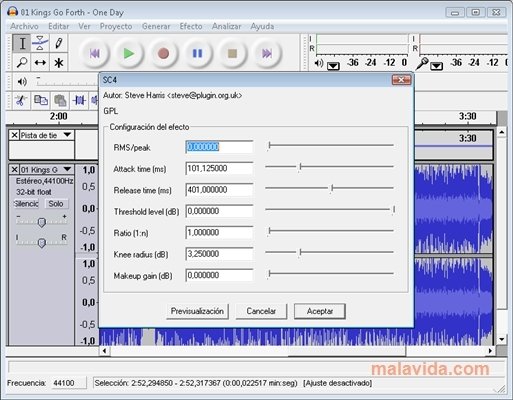

These effects range from noise reduction, reverb, and compression, to name a few. To add effects to your audio, go to the “Effects” menu and select your desired effect. You can also adjust the audio elements’ tempo, volume, and effects using Audacity’s effects library. Once done recording, press the yellow “Stop” button.Īfter recording, edit your audio by using the “Selection Tool.” Cut, crop, or copy audio parts in minutes. Ensure that your microphone or audio device is connected and recording. To record audio on your audio track, click the red “Record” button on the toolbar. You can rename it by double-clicking the track name. To set up the tracks, go to “Tracks” and select “Add New” or “Add Stereo Track.” A new audio track will appear. On Audacity’s home page, click the “File” menu, click “New,” and then click “Project.” Name your project and click “OK.” Go to the “Edit” menu and click on “Preferences.” Under the “Devices” tab, select the input device you will use to record audio.Īfter setting up your audio devices, it’s time to create a new project. Here are some steps on how to make multitrack music with Audacity:īefore anything else, you need to set up your audio devices. With Audacity, you can make your music sound like it was recorded in a professional studio.

Multitrack recording involves the simultaneous recording of different tracks that can be edited, mixed, and mastered. One of its notable functionalities is multitrack recording. Audacity is a powerful audio editing tool that allows music enthusiasts to create masterpieces.


 0 kommentar(er)
0 kommentar(er)
